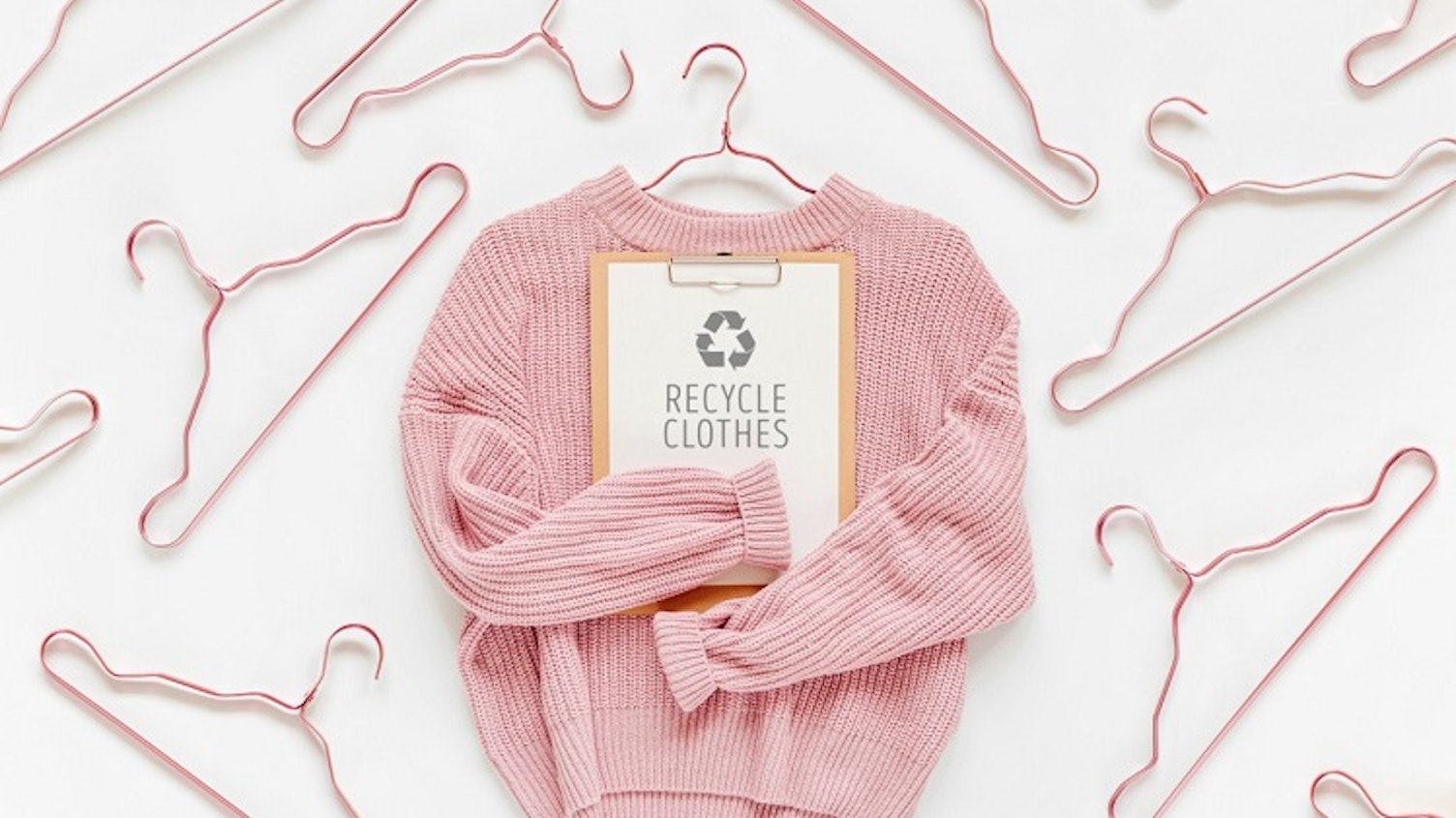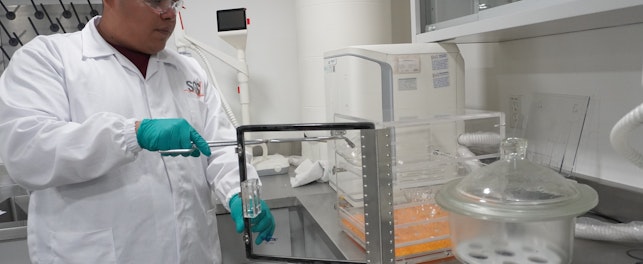Launched in 2021, the 2025 Recycled Polyester Challenge urges manufacturers to commit to increasing the amount of recycled polyester (rPET) used in clothing from 14% to 45%.1 What are the challenges surrounding the use of recycled fibers in clothing?
The 2025 Recycled Polyester Challenge aims to build on the momentum generated by the Textile Exchange’s 2017 Recycled Polyester Commitment. Brands are encouraged to use 80-100% rPET, with the ultimate goal that a critical mass will be achieved, and 90% of all polyester will be recycled by 2030.2 This rPET initiative is just one of many that are currently being promoted to reduce greenhouse gas (GHG) emissions and the apparel industry’s reliance on primary resources.

Drivers for Change
The problem isn’t necessarily the amount of discarded clothes, it is what happens to them. To quote the US futurist Alex Steffen, “There is no such thing as garbage, just useful stuff in the wrong place.”
Consumers are increasingly demanding more sustainable products, and that includes apparel. For manufacturers there is a positive. A UK study found that 43% of consumers were willing to pay more for sustainable clothing. 90% also said they were willing to buy a product that stated it was ‘upcycled” or ‘100% recyclable’. This should be considered in combination with the fact that 62% of consumers said they would stop using a brand if it was found to be “detrimental” to the environment.6
Industry is already responding. Sustainability is now a pledge being made by many high street retailers. One leading brand has pledged to ensure all cotton, linen and polyester used in their products is either organic, sustainable or recycled by 2025. Another has set a science-based target to reduce its GHG emissions and pledged to use 100% recycled or sustainable materials by 2030.
These changes are also being driven by governments. For example, the European Union (EU) is looking to create a circular economy based on the maxim: use, reuse, remake and then recycle.7 Approaching consumer products, and the materials they are made of in this way will significantly reduce the industry’s impact on the environment.
Garbage should no longer be seen as waste. It is a resource that we should be exploiting, and that includes the fibers used in textiles and clothing.
What are recycled fibers?
ISO 14021 defines recycled materials as reprocessed from reclaimed materials by means of a manufacturing process and then made into a final product or component for incorporation into a product. Commonly recycled fibers include polyester, nylon, cotton, wool and down.
The textile industry is currently lagging behind other industries when it comes to recycling. Globally, just 12% of textiles are recycled. This compares to paper, glass and plastic PET bottle recycling rates in the US of 66%, 27% and 29%. Indeed, most rPET used in clothing comes from bottles and not old clothing.8
Part of the problem is that garments are made from multiple materials, which makes them difficult to recycle. For example, a t-shirt that is labeled 100% cotton will still have other components, such as labels and sewing threads, which may be made from polyester. Cotton jeans often contain elastane alongside other non-cotton components (zips, dyes, buttons, labels, etc.). It is this combination of materials that makes recycling difficult.9
Material to material recycling is slow, labor intensive and requires skilled workers. In 2020, it was estimated that the US recycled 13% of footwear and the EU recycled 50% of textiles in this way. Globally, the figure is significantly less.10 There is hope however, and these figures are improving. Across the world the industry is increasingly using recycled materials, but we are still a long way from achieving the target of zero landfill.
This pressure to change is however creating opportunities for brands and manufacturers.
Consumer Assurance
Consumers are looking for sustainability but, when they read a recycled material declaration, they want to have confidence in it.
The Textile Exchange has developed a range of voluntary standards to help the industry verify sustainability claims.11 Recycled Claim Standard (RCS) and Global Recycled Standard (GRS) are internationally recognized standards that set the requirements for third-party certification of recycled input and chain of custody. The shared goal of these standards is to increase the use of recycled materials.12
RCS and GRS labeled products must contain independently verified materials that meet the ISO definition for recycled. Both standards also require a clear chain of custody between the recycler and manufacturer. GRS differs because it also includes provisions relating to social responsibility, environmental management and chemical restrictions. There are also differences in the levels of recycled material that the finished product must contain – RCS (5 to 100%) and GRS (20 to 100%). However, if a company wishes to display the GRS logo, then their product must contain a minimum of 50% recycled content.13
With consumers demanding more sustainable products, RCS and GRS provide the assurances they want to see when making purchasing decisions.



